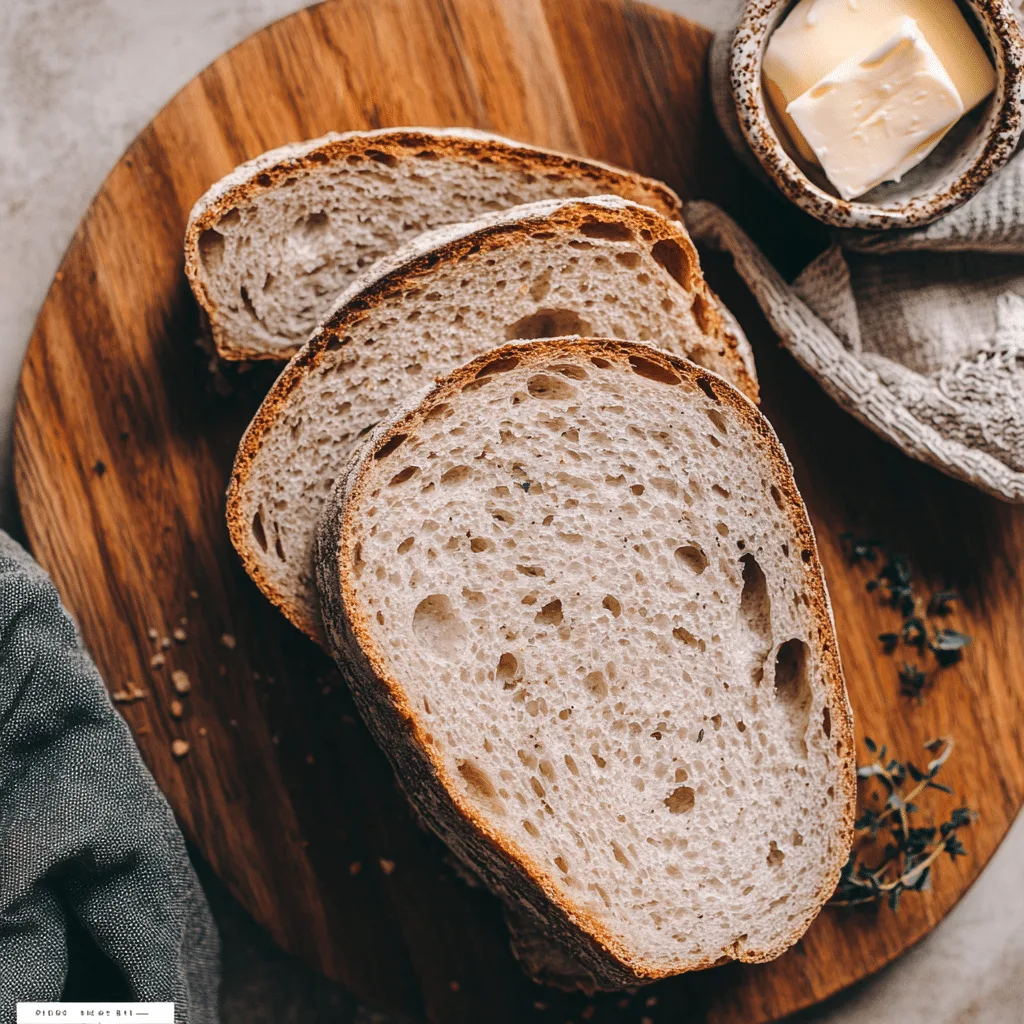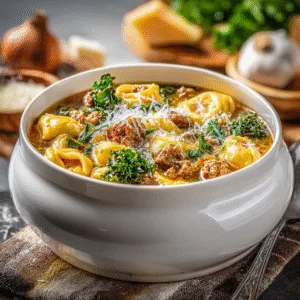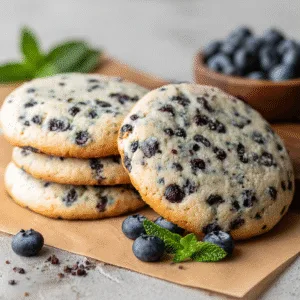Gluten free sourdough bread has become a go-to for home bakers who want that tangy, artisanal loaf without the gluten. In this article, we’ll walk through creating a reliable gluten free sourdough starter, mastering the best techniques, and choosing the right ingredients for a soft, flavorful loaf. From beginner-friendly steps to expert tips, this guide will help you bake with confidence. Whether you’ve tried gluten free sourdough bread recipes before or this is your first time, you’ll find practical advice, delicious inspiration, and answers to common questions.
Table of Contents
Table of Contents
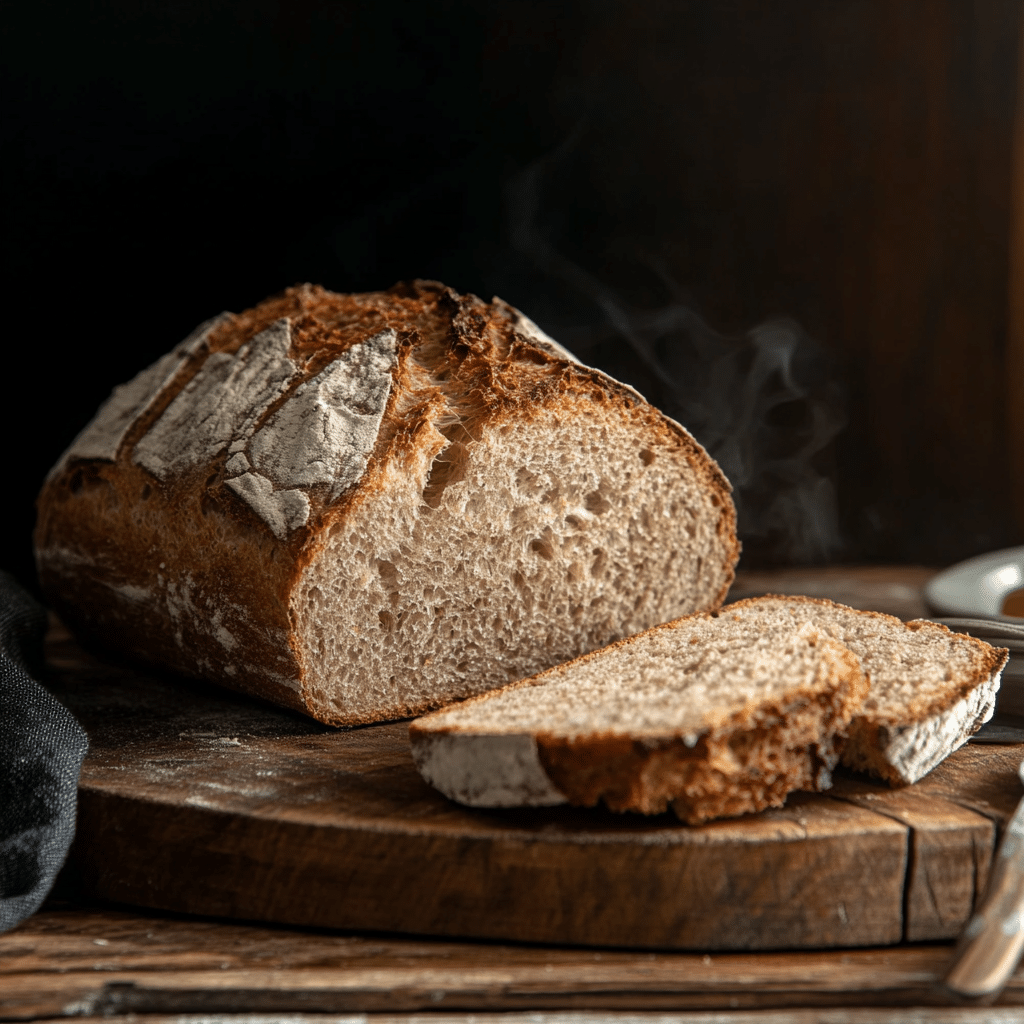
Gluten Free Sourdough Bread Recipe: The Story & Intro
I still remember standing on a wobbly step stool in my grandmother’s cozy kitchen, flour dusting the air and our dog’s nose as we mixed up her sourdough bread. Years later, when I decided to create my own gluten free sourdough bread recipe, I was determined to keep that same warmth and simplicity in every loaf. Living just outside Asheville, North Carolina, where I’m surrounded by fresh mountain air and the smell of baking bread, I’ve come to love experimenting with gluten free baking. It hasn’t always been easy. I’ve burned my share of loaves and had starters that simply wouldn’t rise, but each setback taught me something new about patience and resilience.
What made the journey truly special was discovering that a good gluten free sourdough bread recipe could produce bread that’s just as soft, tangy, and satisfying as the traditional version. I remember the first time my family tore into a fresh, gluten free loaf—steam rising, crust crackling, and smiles all around. That moment made every trial worthwhile. Now, this recipe is a staple in my kitchen, much like the Easy Meals I prepare on busy weeknights or the comforting Dessert recipes that round out our Sunday dinners.
One thing I’ve learned is that gluten free baking, and especially a solid gluten free sourdough bread recipe, is all about balance. The right flour blend, a lively starter, and just the right hydration can make all the difference. In the sections ahead, I’ll share my favorite starter method, step-by-step dough techniques, and the ingredients that bring out the best flavor and texture. Let’s dive in and bake something amazing together!
Print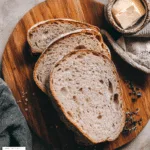
Gluten Free Sourdough Bread Recipe You Can Trust: A Baker’s Heritage
- Total Time: 6-10 hours (includes proofing)
- Yield: 1 loaf
- Diet: Gluten Free
Description
A soft, tangy gluten free sourdough bread recipe made with brown rice, sorghum, and millet flours. Perfect for anyone wanting an easy, flavorful loaf.
Ingredients
1 cup active gluten free sourdough starter
1 1/2 cups brown rice flour
1/2 cup sorghum flour
1/2 cup millet flour
2 tbsp psyllium husk powder
1 1/4 cups warm water
1 tbsp olive oil
1 tsp salt
Instructions
1. In a large bowl, combine starter, flours, psyllium husk, salt, and olive oil.
2. Gradually add warm water while mixing to create a sticky dough.
3. Transfer dough into an oiled loaf pan or Dutch oven.
4. Cover lightly and proof at room temperature until doubled (4-8 hours).
5. Bake at 425°F covered for 30 minutes, then uncovered for 15-20 minutes.
6. Cool before slicing and serve fresh.
Notes
Store in an airtight container at room temperature for up to 2 days, or slice and freeze for longer storage.
For extra flavor, add seeds or herbs to the dough.
- Prep Time: 20 minutes
- Cook Time: 45 minutes
- Category: Bread
- Method: Baking
- Cuisine: Gluten Free
Nutrition
- Serving Size: 1 slice
- Calories: 130
- Sugar: 1g
- Sodium: 210mg
- Fat: 3g
- Saturated Fat: 0.5g
- Unsaturated Fat: 2.5g
- Trans Fat: 0g
- Carbohydrates: 23g
- Fiber: 3g
- Protein: 3g
- Cholesterol: 0mg
How to Make a Gluten Free Sourdough Starter
Creating a reliable starter is key to any gluten free sourdough bread recipe. I felt both excited and nervous when I mixed my first jar of gluten free flour and water. With the right steps and patience, you’ll grow a bubbly starter that gives your bread great rise and flavor. I prefer brown rice, sorghum, or millet flour—they feed wild yeast well. Just mix equal parts flour and filtered water, stir, and cover lightly. I keep mine on the counter near where I prep Easy Meals, so I never forget to feed it!
For the first two days, feed your starter twice daily—50 grams of flour and 50 grams of water. By day three, you’ll likely see bubbles, a sign that fermentation is happening. At this point, discard most of the starter, keeping just 100 grams, and feed it again. Continue this for about a week, watching for that sweet, yeasty aroma that means your starter is ready to use in your Cooking Style experiments.
Sometimes, beginners worry if their starter isn’t bubbly right away or if it smells odd. Don’t give up. A reliable gluten free sourdough bread recipe starts with trusting the process. Temperature matters too—if your kitchen is cool, consider placing your starter in a slightly warmer spot. In the next part, we’ll go over how to mix, proof, and bake your dough so you can turn that active starter into a soft, flavorful loaf!
Key Steps for an Easy Gluten Free Sourdough Bread Recipe
Once your starter is bubbly and active, it’s time to bake. A good gluten free sourdough bread recipe starts with mixing the dough properly. Gluten free dough is more like a thick batter, not traditional bread dough. Combine your starter with brown rice, sorghum, or millet flour and psyllium husk for structure. Gradually add warm water, mixing until you get a sticky, hydrated dough. I like to prep the dough while making one of my favorite Easy Meals, making the most of my kitchen time.
Proofing is where your loaf develops its softness and those lovely sourdough flavors. Transfer your mixed dough into a well-oiled loaf pan or Dutch oven. Cover lightly and let it rest at room temperature until doubled in size. Depending on your kitchen’s warmth, this can take 4–8 hours. Don’t rush this step. A slow proof ensures the signature tangy taste of your gluten free sourdough bread recipe.
For baking, I’ve found that a covered Dutch oven gives the best rise and crust, but a standard loaf pan works too. Bake at 425°F, covered for the first 30 minutes, then uncovered for 15–20 minutes to finish. You’ll get that golden, crackly crust we all love. Pair this fresh loaf with a cozy dish from the Cooking Style section of your kitchen routine. In the next section, we’ll break down the best ingredient choices to guarantee softness and amazing flavor in every slice.

Best Ingredients for Soft, Flavorful Loaf
When it comes to baking the best gluten free sourdough bread recipe, choosing the right ingredients makes all the difference. I learned this the hard way after a few dense loaves. The key is blending gluten free flours that balance flavor and texture. Brown rice flour provides a mild, slightly nutty taste, while sorghum and millet lend sweetness and softness. I often toss in a sprinkle of sunflower or sesame seeds for added flavor and visual appeal. If you’re already planning your next Easy Meals, think about flavors that will pair well with your bread—this loaf complements everything from soups to fresh salads.
Binders and moisture-retaining ingredients are essential in any successful gluten free sourdough bread recipe. Without gluten’s natural structure, you need helpers like psyllium husk powder or ground flaxseed. Both act like glue, holding your dough together and keeping your crumb soft and airy. I also like adding a little olive oil for moisture and extra richness. Getting the hydration just right is crucial—too little water, and the loaf turns out dry; too much, and it won’t hold its shape. If you enjoy creative baking, the Cooking Style category on your site could inspire you to try adding fresh herbs or roasted garlic to your loaf for a savory twist.
Conclusion
Baking a soft, flavorful gluten free sourdough bread recipe is truly one of the most rewarding kitchen adventures. From nurturing your starter to watching your loaf rise and brown beautifully in the oven, every step teaches patience and creativity. What I love most is that gluten free sourdough isn’t just for those avoiding gluten—it’s a delicious bread anyone can enjoy. With the right ingredients, careful mixing, and mindful proofing, you can create a loaf that brings smiles to the table, just like it does in my home here in North Carolina.
Whether you’re serving it alongside one of your favorite Easy Meals or using it as the perfect base for a comforting Dessert twist, this bread will quickly become a staple in your baking routine. Remember, each loaf is a chance to refine your technique and savor the simple joy of homemade bread. Happy baking!
FAQ for gluten free sourdough bread recipe
What makes the King Arthur gluten free sourdough bread recipe stand out compared to other recipes?
The King Arthur gluten free sourdough bread recipe stands out because of its precise flour blend and detailed guidance. They combine gluten free flours with psyllium husk for structure and moisture. The result is a loaf with great rise, a chewy crust, and soft crumb—qualities that can be hard to achieve in gluten free baking. Their recipe also offers clear steps for both beginner and experienced bakers.
How can I create a reliable gluten free sourdough bread starter recipe at home?
Creating a reliable starter for your gluten free sourdough bread recipe starts with equal parts gluten free whole grain flour and filtered water. Feed it twice daily for the first week, keeping it warm and lightly covered. Brown rice, sorghum, or millet flours work well. Discard as needed and adjust hydration if the starter gets too thick. Within 7–10 days, you’ll have a bubbly, active starter ready for baking.
What are the key steps in preparing an easy gluten free sourdough bread recipe for beginners?
An easy gluten free sourdough bread recipe begins with mixing your starter with a well-chosen flour blend and psyllium husk. Mix thoroughly; no need for kneading like traditional dough. Let the dough proof slowly in a warm spot until doubled. Bake in a Dutch oven for the best crust and rise. Follow these simple steps, and you’ll have a delicious loaf with minimal fuss.
Which ingredients ensure the best gluten free sourdough bread recipe yields a soft, flavorful loaf?
For the best loaf, combine brown rice flour, sorghum, and millet with psyllium husk or flaxseed for structure. Olive oil helps with moisture, while seeds or herbs add flavor. Hydration is key—aim for a sticky but manageable dough to keep your gluten free sourdough bread recipe soft and delicious.
Why do gluten free sourdough bread recipes require different techniques than traditional sourdough?
A gluten free sourdough bread recipe requires different techniques because there’s no gluten network to trap air and provide structure. Instead, bakers rely on psyllium husk, flaxseed, and precise hydration to mimic gluten’s role. The mixing, proofing, and baking methods focus on moisture retention and gentle handling to create the right texture.

